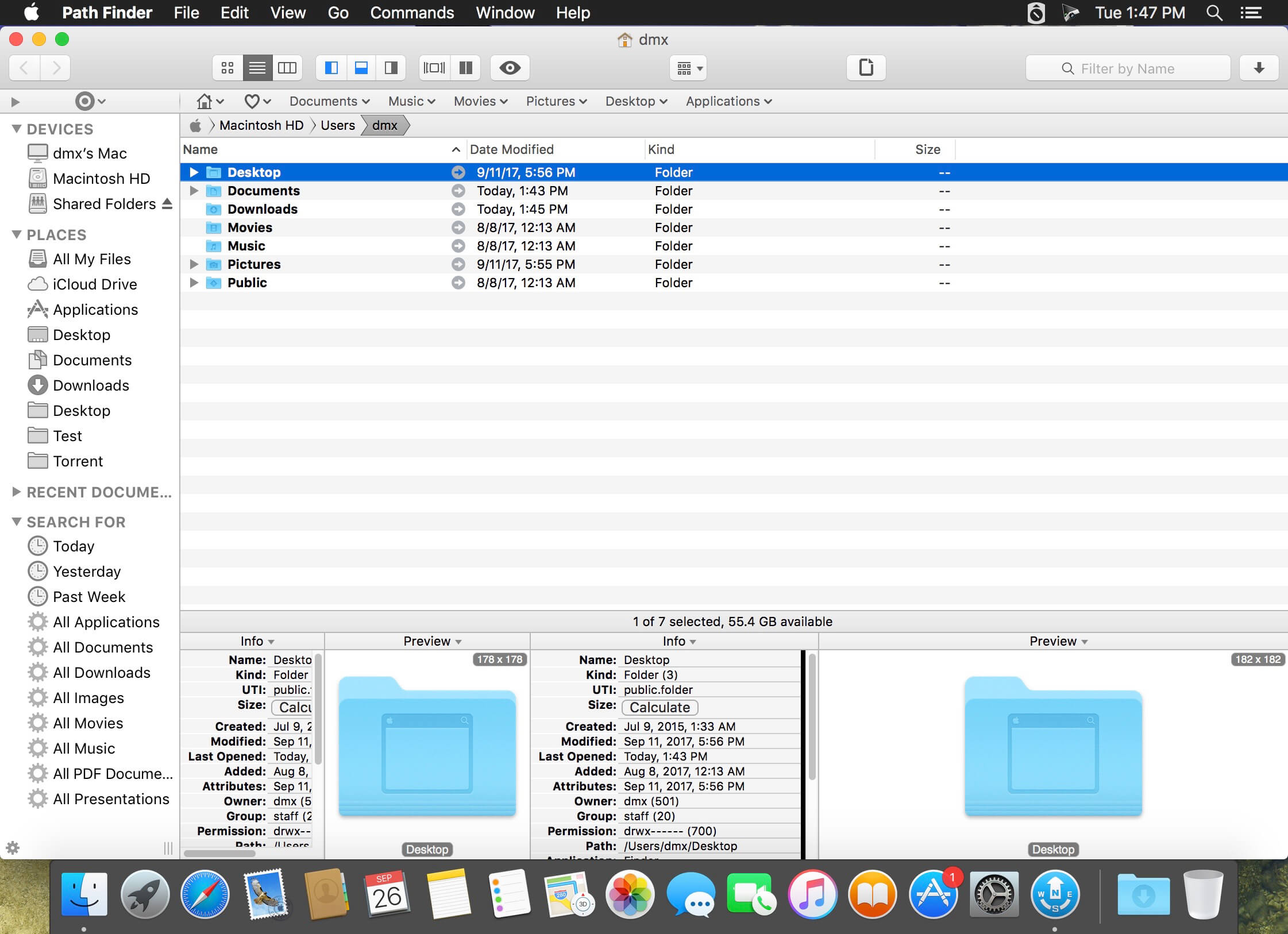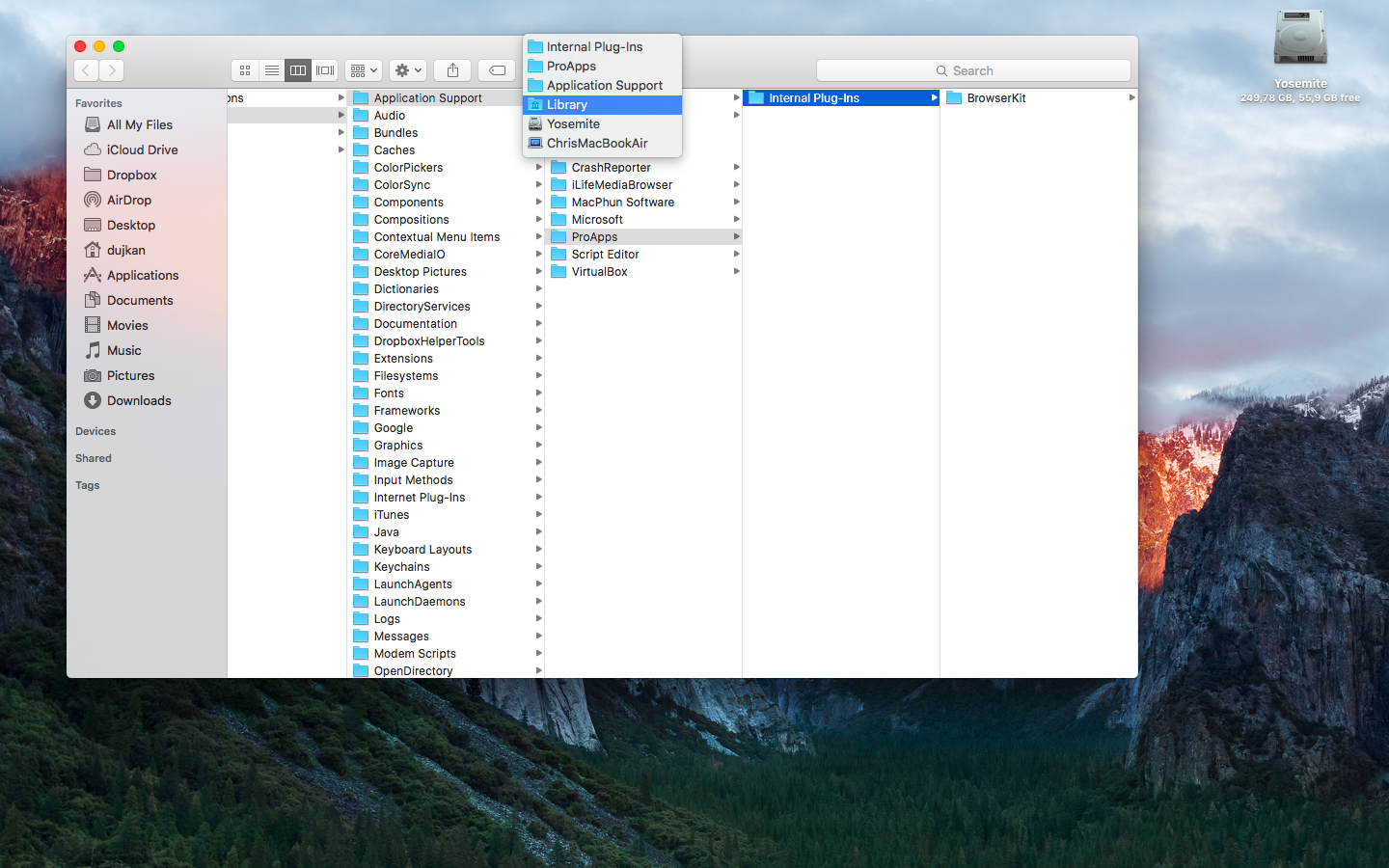

You can fix everything within the Path Bar just by moving the FebNews folder icon into the Newsletters folder icon. Say, for instance, you notice that something is in the wrong place in the path (you put FebNews inside JanNews instead of inside the parent folder Newsletters). Working with files in the Path Bar can be a big timesaver. Drag a folder within the Path Bar to move it Or, if you change your mind while you’re dragging the folder (when making an alias or copy, for example), press Esc to cancel the operation, and the “drag ghost” disappears from the arrow pointer. As with standard folder icons, if you drop a Path Bar folder in the wrong place, use Edit > Undo Move (Command-Z) to put it back. Want to access one of those Path Bar folders frequently? Drag it into the sidebar. You can even hold down Option as you drag to make a copy of the folder, or Command-Option to make an alias. You can manipulate the folder icons in the Path Bar in many of the same ways you work with folders in windows.ĭrag a Path Bar folder into any other folder or window, or onto the Desktop. Drag a folder out of the Path Bar to move it You can even drag an item from one window into another window’s Path Bar just hover over the target folder a moment so that the window you’re dragging to becomes active. Notice a document or folder in the current window that should be elsewhere in the hierarchy? Simply move it into the appropriate folder in the Path Bar (something you can’t do with the Path menu available from a Command-click on the window’s title). You can save a lot of window-juggling and folder-opening by dragging things directly into Path Bar folders. Drag a file or folder into the Path Bar to move it
PATH FINDER WINDOWS FULL
If you want to see the full path of a file or folder on Mac, you have a few easy ways to do so, as well as copying that path to your clipboard.2. Step 3: Right-click and choose Copy to place the path on your clipboard and paste it where needed. You’ll then see the file path display in the window. Step 2: When the Terminal window opens, drag your file or folder into it. Step 1: Open Terminal as you normally would or by going to the Utilities folder and selecting the application. If you’re a fan of using Terminal to perform actions on your Mac, then you can use this app to display and copy a file path as well. With the path on your clipboard, you can paste it where you like. Step 4: From there, select the path and either use Command + C or right-click and pick Copy. You’ll then see the path for the item in that field. Step 3: Drag your file or folder into the Search bar at the top of the window. Step 2: When the window opens, select the X on the right side of the Search bar to clear the field if necessary. Step 1: With Finder active, select Go > Go to folder from the menu bar.

But this nifty tool can also provide the file path of an item. You may only think of opening Finder’s Go To Folder tool when you need to navigate somewhere on Mac. The path should display correctly with the arrows replaced by forward slashes. Step 5: With the path on your clipboard, you can then paste it where needed. Step 4: Press Command + C to copy the path or right-click and choose Copy as Pathname. Drag your cursor through the path to highlight it. Step 3: When the Get Info window opens, expand the General section at the top and you’ll see the file path next to Where. Step 2: Press Command + I or right-click and pick Get info. Step 1: Select the item on your desktop or in Finder.

File paths in Get InfoĪnother convenient location to view and copy a file path is with the Get Info tool. The file path is then on your clipboard for you to paste where you wish. Step 5: Hold the Option key while the context menu is open and select Copy as Pathname. Step 4: To copy the file path, right-click the item in Finder to display the context menu. Step 3: You’ll then see the path display at the bottom of the Finder window. Here’s why WWDC could be a ‘critical event’ for Apple Is macOS more secure than Windows? This malware report has the answer This macOS concept fixes both the Touch Bar and Dynamic Island


 0 kommentar(er)
0 kommentar(er)
